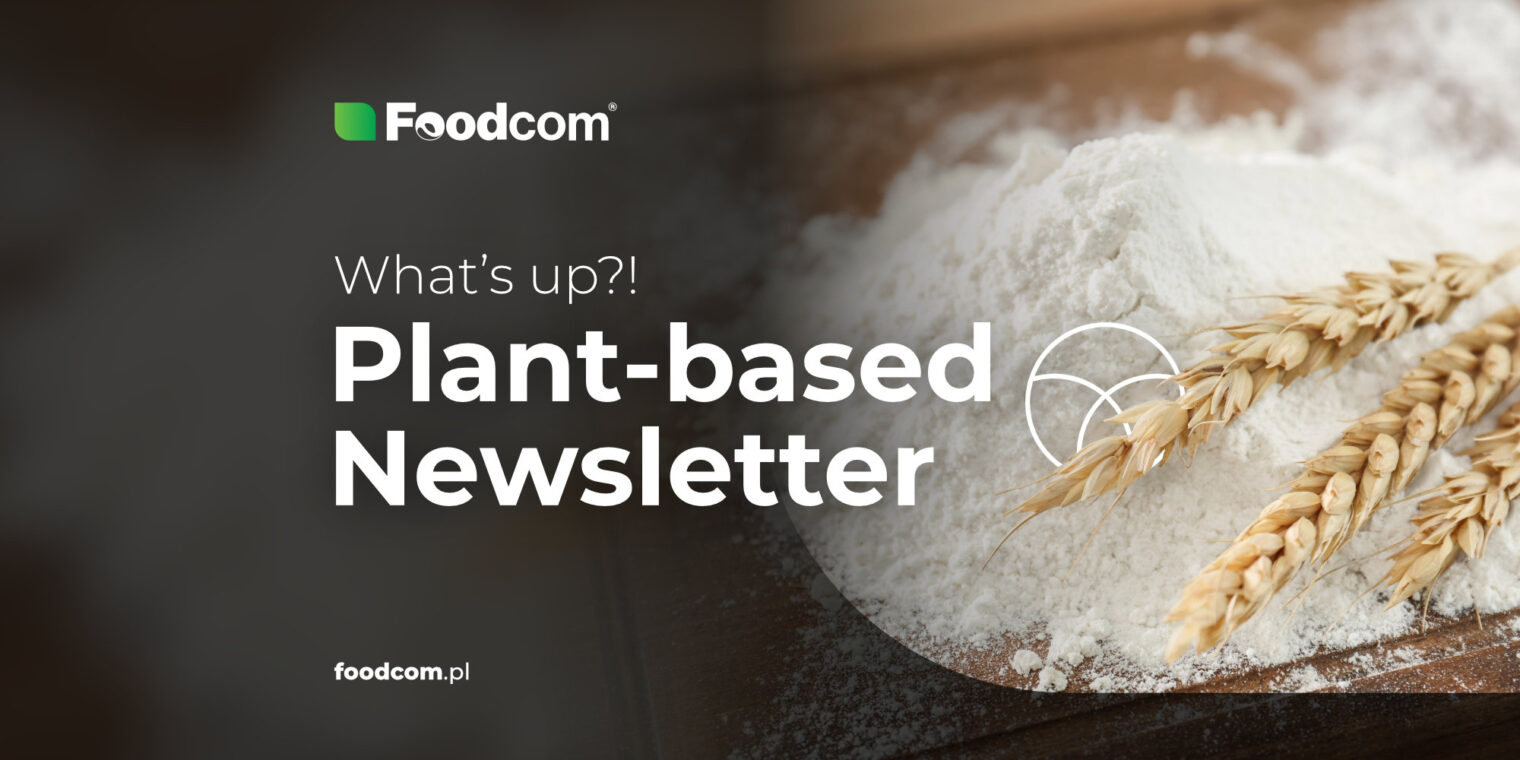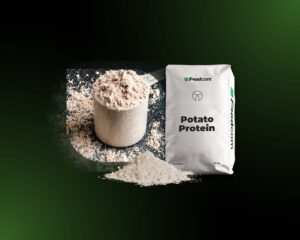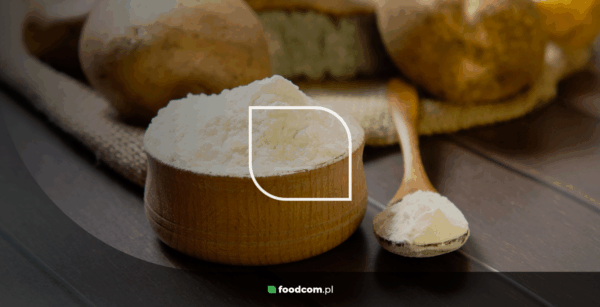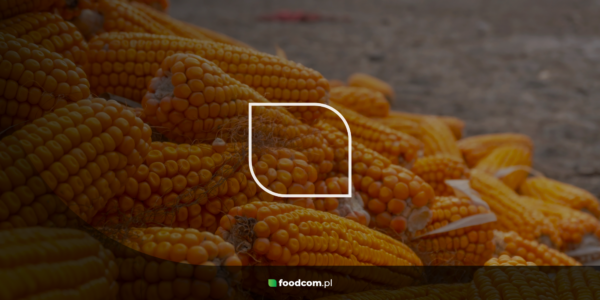Today, we invite you to a unique adventure: a journey through time together! Not 200 years into the future, where there are no more wars and hunger, people live in prosperity and technology has developed to the point where we no longer have to work and at the same time no one lacks anything. We are going back to the 1970s, where we are seeing stagflation. Only it’s not us organizing this journey, it’s the economic situation in the world. And we are not moving back in time, but experiencing the same thing in 2023.
There is a lot going on in the market as everyone is anxiously watching the bird flu epidemic unfold. The impact is hard to gage, but egg prices have already tripled in some states in the US. In addition, the current economic situation is causing many users of plant-based commodities to seek cheaper alternatives from other regions. This is not particularly surprising, but in this type of practice and in building collaborations with new partners, it is crucial to pay attention to the quality of the raw materials purchased.
As usual, we have prepared for you an overview of the situation of the various categories of plant-based commodities. You will find everything you need to know in the 27th Edition of the Foodcom Plant-Based Newsletter.
Natural Sweeteners
All sweeteners and sugars are very popular nowadays. Dextrose produced in Europe fetches high prices, so some processors are starting to look for raw material from other regions. Of course, not everyone can allow themselves to do this. Those who need EU-origin have to accept high prices. Maltodextrin also reaches high prices, and interest in raw material from outside Europe is growing for this commodity as well. Fructose is also available at relatively high prices.
Native Starches
Demand for Native Corn Starch peaked in September, but dropped significantly shortly thereafter and is currently at a low level. Offers from Southern Europe are appearing. Native Potato Starch still has poor availability (yes, that is still the problem with the poor harvest). Demand is high for food grade, not necessarily for feed grade at this time. Native Wheat Starch is not very popular lately. Some processors would like to switch to Native Potato Starch, but that is difficult with the quantities currently available on the market.
Modified Starches
Modified Corn Starch is extremely popular, mainly because of its use in fast food and convenience foods. Particularly in demand is the cold-use variety, whose processing requires less energy than others. And it is precisely saving energy that seems to be the key to success these days (or simply the necessary means of survival…). Modified Potato Starch is cheaper than Corn Starch, but it is in short supply because there is little Native Starch from which it is made. Demand is relatively high, especially from cheese manufacturers.
Proteins
Recently, there have been numerous inquiries about Vital Wheat Gluten, especially about food grade. Many inquiries are for six-month or even full-year contracts. Currently, it is difficult to conclude contracts because the proposed prices are not satisfactory for sellers. Buyers would like to lower the prices, but it is unlikely to happen in the near future. At the same time, there is no need to worry about the VWG market coming to a complete standstill because people will always eat the bread that this commodity is used to make. The Corn Gluten Meal situation is stable, with requests for this commodity from the Middle East. Rumor has it that the feed grade Potato Protein will gain popularity in February, but nothing of the sort has happened yet. At the moment, the relatively low interest in this raw material may be due to lower demand for pork, as it is often used as a feed additive for pigs.
What else?
Europe
Unusually high temperatures in Europe in late December and early January have brought cereal crops out of their winter dormancy
The situation raises concerns that the coming drop in temperatures could damage fields that were generally in good condition. Subsequently, harvests would be smaller or of poorer quality. It seems that some people were not convincing enough when they sang ‘Let it snow’ in early December.
Polish scientists are working on using byproducts from oil seed processing to produce plant-based dairy substitutes
Oil seed processing produces so-called ‘oil cakes,’ which in most cases have not been used until now. However, scientists from Szczecin have developed a technology to process them to produce vegan yogurts and kefir. The resulting products are said to be not only healthy, but also produced with the zero-waste spirit. Would using those dairy replacements to bake cakes be the highest form of inception?
The United Kingdom closed 2022 with another record on its books
Unfortunately, it is record high inflation. In the case of food prices, it was as high as 13.3%, the highest since data collection began in 2005. Many fear another difficult year, and high energy and feed prices give no cause for optimism. Inflation remains literally a bread-and-butter issue for the British.
The Americas
2022 was difficult, or at least challenging. Not only for businesses and consumers, but also for… Corn
A recent USDA report clearly shows that the U.S. corn crop has reached its lowest level since 2008. The reason for this unsatisfactory crop is mainly due to extreme weather conditions, primarily the drought that has long plagued the United States. Growing this crop has definitely not been a can of corn lately!
Brazil has begun harvesting potentially record-breaking amounts of soybeans
USDA forecasts that Brazil’s soybean harvest for the 2022/23 season is expected to reach 153 million tons, a record high, especially compared to the 127 million tons harvested the previous season. As the saying goes, never soy never when it comes to record harvests.
The drought in Argentina is getting worse
Experts speak of the worst drought in 60 years. The extreme weather conditions are affecting the crops so badly that government estimates for their production this season are being reduced from week to week. There has been light at the end of the tunnel, but experts indicate that Argentines will have to wait until March for the longed-for rains. In the coming weeks, a change in the situation would literally be like a drop of rain in a drought.
Asia & Oceania
Adverse weather conditions have reduced the Indian sugarcane crop and are limiting sugar production
Currently, India is forecast to produce 34.3 million tons of sugar in the 2022/23 season, down 4% from the previous forecast. The reason for the adjustment is mainly due to excessive rains that hit India in September and October, resulting in lower yields. Not very sweet news, right?
Tensions are rising between leading palm oil producers and the European Union
The tensions have been felt for several years and are primarily related to the EU’s anti-deforestation policy, for which palm oil production is largely blamed. The most recent regulation was introduced last December. In response, Malaysia threatened to completely halt shipments of crude oil to the European Union.
India will stop duty-free imports of raw soybeans from April 1
The world’s largest importer of vegetable oils has made regulatory changes to support local oil farmers. In May, 2 million tons of duty-free imports of soybeans were approved in 2022/23, and it was initially suggested that another 2 million tons of duty-free imports would be approved in 2023/24. Undoubtedly, plans have changed, which will certainly have a positive impact on interest in palm and sunflower oil in India.








